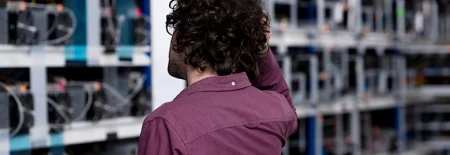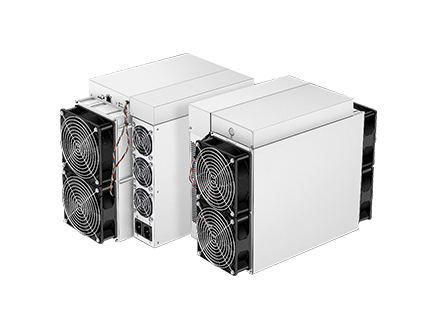I. Introduction
In the intricate world of cryptocurrency mining, Kaspa Miners emerges as a beacon of innovation and efficiency. However, beneath the surface of its technological prowess lies a landscape of costs that often go unnoticed. As we embark on this exploratory journey into “The Hidden Costs of Kaspa Mining: A Comprehensive Analysis,” it’s imperative to understand that the initial investment is just the tip of the iceberg.
This article aims to unravel the layers of expenses associated with Kaspa mining, providing a thorough cost analysis that extends far beyond the price of hardware. From electricity consumption to maintenance and operational space, we delve deep into the often-overlooked financial aspects of running a Kaspa mining operation. Our goal is to equip you, the reader, with a holistic understanding of what it truly costs to mine Kaspa, ensuring that your venture into this dynamic domain is as informed as it is ambitious.
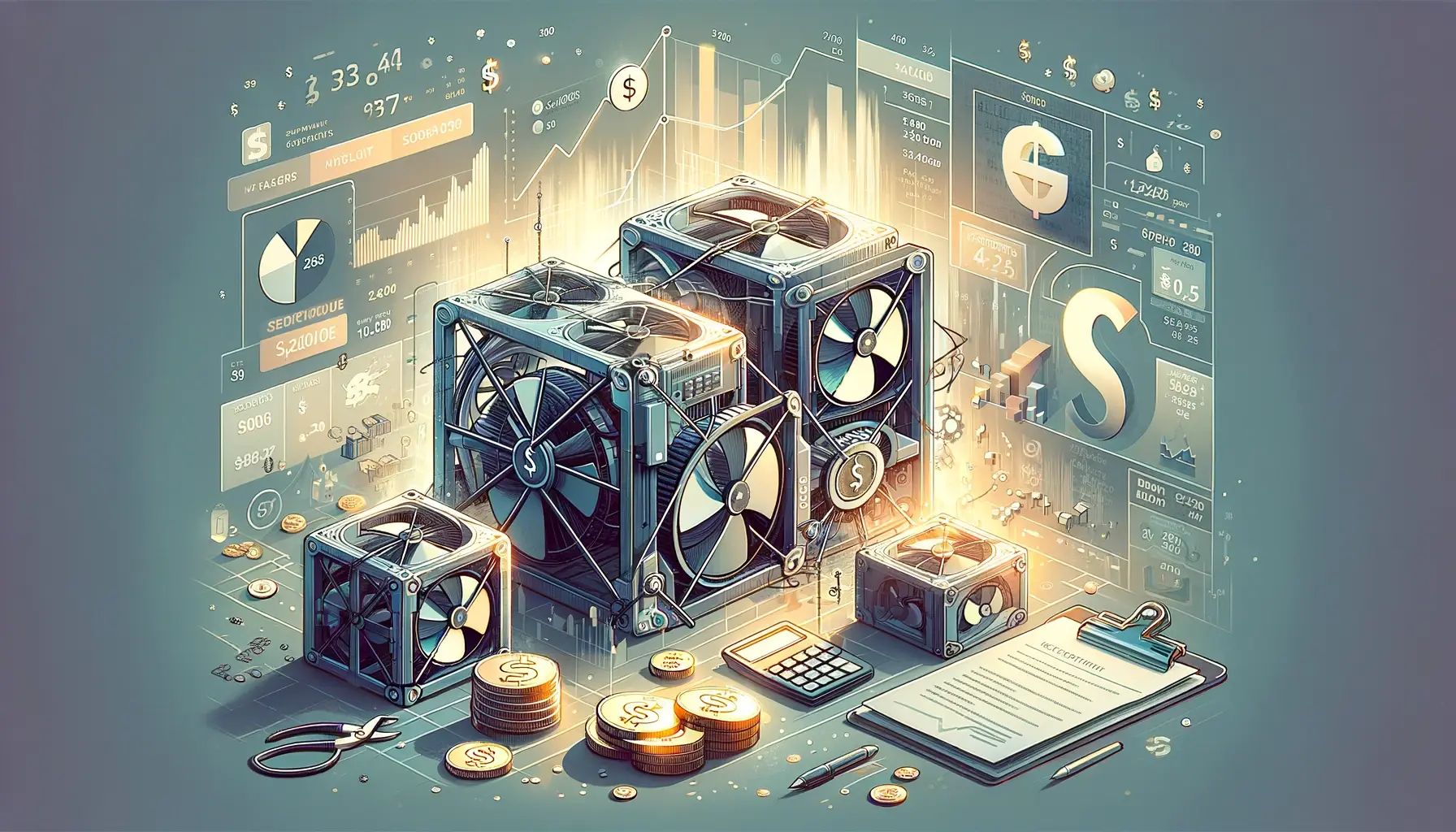
II. Understanding Kaspa Mining
Kaspa mining, a term that has been gaining traction in the cryptocurrency world, refers to the process of validating transactions and securing the Kaspa network, a task for which miners are rewarded with Kaspa tokens. This form of mining is integral to the maintenance and development of the Kaspa blockchain, a decentralized ledger that records all transactions.
What sets Kaspa mining apart in the cryptocurrency world is its adoption of the blockDAG (Directed Acyclic Graph) technology. Unlike traditional blockchain systems that rely on a single chain of blocks, blockDAG allows for the simultaneous processing of multiple blocks. This innovation not only enhances the speed of transaction verifications but also significantly increases scalability, a critical factor in the ever-growing demand for faster and more efficient digital transactions.
However, the general perception of mining costs often overlooks several key factors. While the initial investment in mining hardware is usually the most apparent cost, it’s just the beginning. The reality of Kaspa mining encompasses a range of ongoing expenses that can significantly impact overall profitability. Understanding these hidden costs is crucial for anyone considering a foray into Kaspa mining or looking to optimize their existing operations.
III. The Overlooked Aspects of Mining Costs
When delving into the world of Kaspa mining, many enthusiasts and investors focus primarily on the upfront costs, such as purchasing mining rigs. However, several overlooked aspects can significantly impact the overall profitability of mining operations. Understanding these hidden costs is crucial for a realistic assessment of mining ventures.
- Electricity Consumption:Often the most underestimated expense, the cost of electricity can make or break the profitability of mining operations. Kaspa mining rigs, especially high-performance models, consume a substantial amount of power, which can lead to hefty electricity bills.
- Maintenance and Repair:Regular maintenance is essential to keep mining rigs running efficiently. Over time, components can wear out and need replacement, adding to the operational costs. Neglecting maintenance can lead to more significant expenses down the line.
- Cooling Systems:Effective cooling systems are necessary to prevent overheating and ensure the longevity of mining hardware. The cost of cooling, both in terms of equipment and additional power consumption, adds another layer to the expense sheet.
- Network Fees and Pool Charges:Joining a mining pool can increase the chances of earning mining rewards, but it comes with fees. Additionally, transactions on the network may incur costs, which can accumulate over time.
- Operational Space:The space required to house mining rigs, especially for larger setups, can be a significant cost factor. This includes rent for the space and any modifications needed to accommodate the mining operation.
- Depreciation of Equipment:Mining hardware can quickly become outdated as new, more efficient models are released. This depreciation affects the resale value of the equipment and is a cost that many fail to account for.
By acknowledging these often-overlooked aspects of mining costs, prospective and current miners can gain a more comprehensive understanding of what it truly takes to run a Kaspa mining operation profitably.
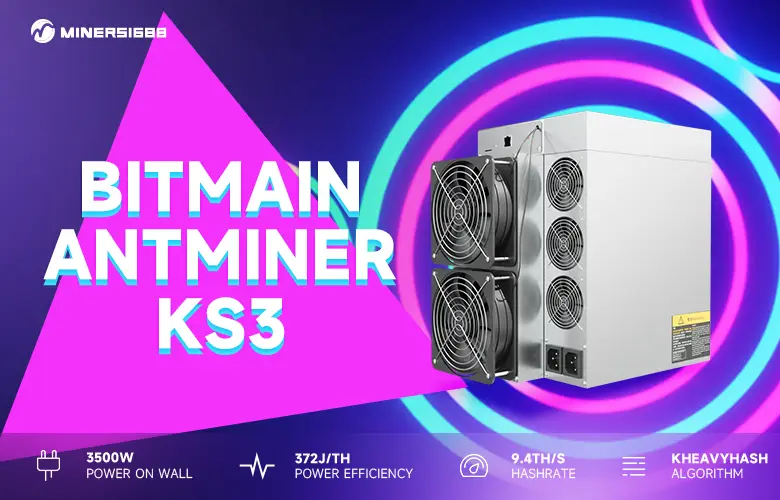
IV. Detailed Cost Analysis of Top Kaspa Mining Machines
To provide a clearer picture of the costs involved in Kaspa mining, let’s dive into a detailed cost analysis of six popular Kaspa mining machines. This analysis will cover not only the purchase price but also the operational costs like electricity consumption, maintenance, and more.
- Purchase Price:Known for its high efficiency, the Antminer KS3 comes with a significant upfront cost.
- Electricity Consumption:With a substantial hash rate, it also consumes a considerable amount of power, contributing to higher electricity bills.
- Maintenance Costs:High-performance machines like the KS3 require regular maintenance for optimal operation, adding to the overall cost.
- Purchase Price:Slightly more affordable than the Antminer KS3, offering a balance between cost and performance.
- Electricity Consumption:Designed for energy efficiency, the Iceriver KS3 helps keep electricity costs lower.
- Maintenance Costs:Regular maintenance is needed, though its sturdy build reduces frequent repair needs.
- Purchase Price:Priced higher due to its enhanced features and durability.
- Electricity Consumption:Similar to the KS3, it’s energy-efficient but still requires a significant amount of power.
- Maintenance Costs:Its durability translates to lower maintenance costs over time.
- Purchase Price:An entry-level option, making it a more budget-friendly choice.
- Electricity Consumption:Suitable for small-scale operations, leading to moderate electricity usage.
- Maintenance Costs:Lower performance demands result in less frequent maintenance.
- Purchase Price:Ideal for hobbyists or beginners due to its affordability.
- Electricity Consumption:Low power consumption makes it an economical choice for small-scale miners.
- Maintenance Costs:Minimal maintenance required, adding to its cost-effectiveness.
- Purchase Price:Offers a good balance between cost and performance for mid-level miners.
- Electricity Consumption:Moderate power usage, suitable for medium-scale mining operations.
- Maintenance Costs:Regular maintenance needed, but less intensive compared to high-end models.
This cost analysis reveals that while the initial purchase price of mining machines is a significant factor, the ongoing operational costs, such as electricity and maintenance, play a crucial role in the overall profitability of Kaspa mining. Miners must consider these recurring expenses when choosing the right mining hardware.
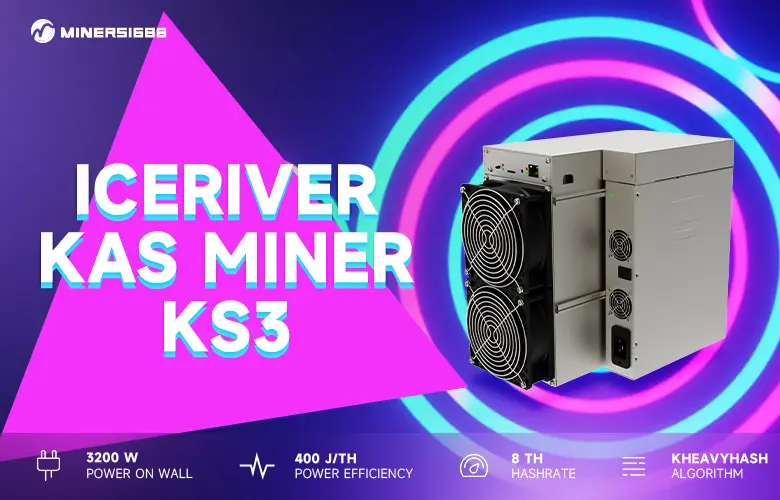
V. Electricity Costs: The Silent Profit Eater
Electricity costs are often the silent culprits that can significantly eat into the profits of Kaspa mining. This expense is continuous and can vary greatly depending on the scale of the mining operation and the efficiency of the mining hardware.
- Understanding Electricity Consumption:
- Kaspa mining rigs, particularly high-performance models, consume a considerable amount of electricity. This consumption is measured in kilowatt-hours (kWh) and directly impacts the miner’s profitability.
- The electricity cost for running a mining rig depends on the power efficiency of the machine (measured in watts) and the local electricity rates, which can vary widely by region.
- Calculating Electricity Costs:
- To calculate the electricity cost of running a Kaspa miner, you need to consider the miner’s power consumption and the duration of operation. For example, a miner consuming 1500W operating for 24 hours at an electricity rate of $0.10 per kWh will incur a daily cost of $3.60.
- These costs can add up significantly over time, making it one of the largest ongoing expenses in mining operations.
- Impact on Profitability:
- Even with high rewards from mining, if the electricity costs are too high, the net profit can be minimal. In some cases, it can even lead to losses, especially during periods when the market value of Kaspa is low.
- Miners need to constantly monitor their electricity costs and adjust their mining operations accordingly. This might involve optimizing mining times or upgrading to more energy-efficient hardware.
- Strategies to Mitigate Electricity Costs:
- Using energy-efficient mining hardware can significantly reduce electricity costs.
- Some miners opt for renewable energy sources, such as solar or wind power, to offset electricity costs, though this requires an initial investment.
- Location plays a key role; setting up mining operations in regions with lower electricity rates can reduce costs substantially.
In conclusion, while electricity costs might seem like a passive expense, they are a critical factor that can determine the thin line between profit and loss in Kaspa mining. Careful consideration and management of these costs are essential for a profitable mining operation.
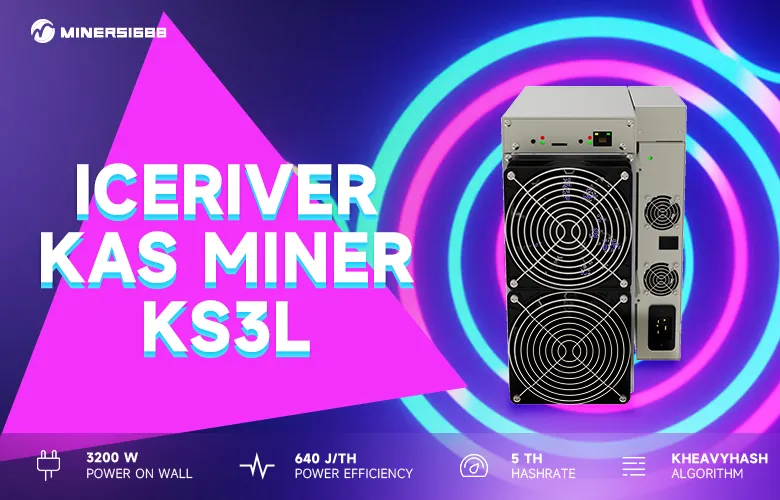
VI. Maintenance and Upkeep: The Hidden Burden
Maintenance and upkeep of Kaspa mining rigs are often overlooked but are crucial for sustaining long-term mining operations. This hidden burden, if not properly managed, can lead to unexpected costs and downtime, affecting overall profitability.
- Regular Maintenance Requirements:
- Kaspa mining rigs are complex machines that require regular maintenance to operate efficiently. This includes cleaning dust and debris, ensuring cooling systems are functioning correctly, and checking for hardware wear and tear.
- Neglecting regular maintenance can lead to overheating, reduced mining efficiency, and even hardware failure.
- Costs Associated with Maintenance:
- The costs of maintenance can vary depending on the mining setup. For larger operations, these costs are higher due to the number of machines in use.
- Maintenance costs include replacement parts, tools, and potentially hiring technical support for more complex issues.
- Preventive Maintenance Strategies:
- Implementing a preventive maintenance schedule can help in identifying and addressing issues before they escalate into costly repairs.
- Regular software updates and firmware upgrades can also keep mining rigs running optimally and securely.
- The Impact of Downtime:
- Downtime due to maintenance or repairs means lost mining time, which directly impacts profitability. The longer a rig is offline, the greater the potential loss in mining rewards.
- Efficient maintenance practices can minimize downtime and ensure consistent mining operations.
- Outsourcing Maintenance Services:
- For those who are not technically inclined or lack the time for maintenance, outsourcing to professional services can be an option. While this adds to operational costs, it ensures that the mining rigs are well-maintained and can offer peace of mind.
In summary, maintenance and upkeep are critical aspects of Kaspa mining that should not be underestimated. Effective maintenance not only prolongs the life of the mining hardware but also ensures that the mining operation runs smoothly and profitably.
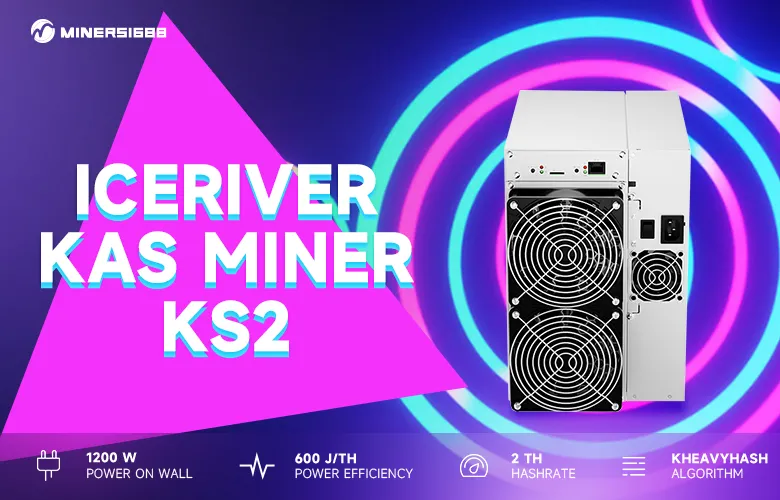
VII. Plant Rentals and Operational Space Costs
For many Kaspa miners, especially those operating on a larger scale, the costs associated with plant rentals and operational space are significant factors that can impact overall profitability. Understanding these costs is crucial for a comprehensive analysis of mining expenses.
- Importance of Adequate Space:
- Mining rigs require a physical space for operation. This space needs to be secure, well-ventilated, and capable of supporting the electrical demands of the mining hardware.
- For individual miners or small-scale operations, this might mean dedicating a room or a portion of a home. For larger operations, it often involves renting a commercial space or a data center.
- Costs of Renting Space:
- The cost of renting a space for mining operations can vary widely based on location, size, and facilities provided. In areas with high real estate prices, this cost can be a significant portion of the operational expenses.
- Additional costs may include security measures, insurance, and any modifications required to make the space suitable for mining, such as enhanced electrical wiring and cooling systems.
- Operational Efficiency and Location:
- The choice of location can impact operational efficiency. Factors such as ambient temperature, humidity, and access to cheap electricity play a crucial role in this decision.
- Some miners choose locations with naturally cool climates to reduce cooling costs, while others might opt for regions with lower electricity rates.
- Scaling Operations and Space Requirements:
- As mining operations scale up, the need for larger and more sophisticated spaces increases. This scaling can lead to a substantial rise in rental costs.
- Efficient use of space and proper layout planning can help maximize the number of mining rigs while ensuring adequate cooling and maintenance access.
- Alternatives to Traditional Space Rentals:
- Some miners explore alternatives like cloud mining or joining mining farms, which can reduce the need for physical space but come with their own set of costs and considerations.
In conclusion, plant rentals and operational space costs are critical components of the overall expense structure in Kaspa mining. Miners need to carefully consider these costs, especially when planning to scale their operations, to ensure the long-term viability and profitability of their mining ventures.
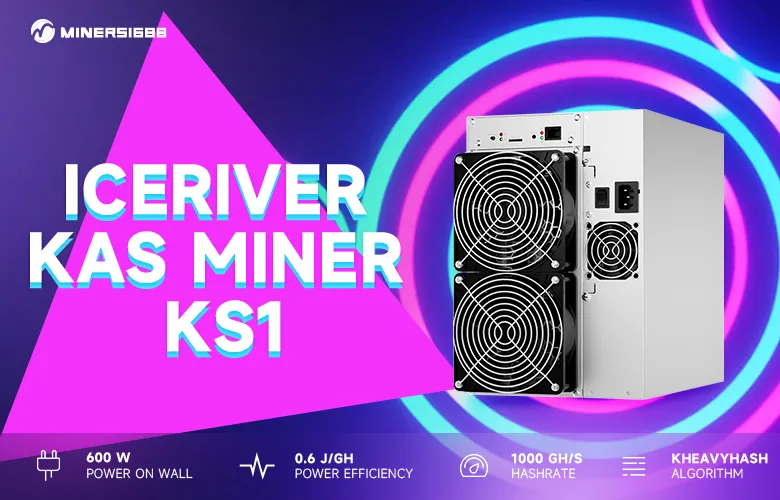
VIII. Making Informed Decisions: Balancing Cost and Profit
In the realm of Kaspa mining, striking the right balance between cost and profit is essential for long-term success. Making informed decisions involves a thorough understanding of both the expenses and potential earnings. Here’s how miners can achieve this balance:
- Comprehensive Cost Analysis:
- Conduct a detailed assessment of all costs involved in Kaspa mining, including hardware, electricity, maintenance, space rental, and any additional operational expenses.
- Regularly update this analysis to reflect changes in electricity rates, maintenance needs, or other fluctuating costs.
- Monitoring Market Conditions:
- Stay informed about the current market price of Kaspa and how it affects potential mining rewards. Market volatility can significantly impact profitability.
- Keep an eye on the overall cryptocurrency market trends, as they can influence the value and profitability of Kaspa mining.
- Efficiency Optimization:
- Continuously seek ways to optimize mining operations for efficiency. This might include upgrading to more energy-efficient mining rigs, optimizing mining software settings, or improving the cooling system to reduce electricity consumption.
- Consider the cost-benefit ratio of any upgrades or changes to ensure they contribute positively to overall profitability.
- Risk Management:
- Diversify mining activities to mitigate risks associated with market volatility. This could involve mining different cryptocurrencies or investing in other forms of digital assets.
- Set clear financial goals and establish a risk threshold to avoid significant losses during market downturns.
- Long-Term Planning:
- Approach Kaspa mining with a long-term perspective. Short-term market fluctuations are less impactful when viewed in the context of long-term mining goals.
- Plan for future scalability, keeping in mind the potential need for additional investment in hardware and operational space.
- Leveraging Community Knowledge:
- Engage with the Kaspa mining community to gain insights and advice. Experienced miners can offer valuable tips on cost-saving techniques and profitability strategies.
By carefully analyzing costs, staying attuned to market conditions, optimizing efficiency, managing risks, and planning for the long term, Kaspa miners can make informed decisions that balance costs with profits, paving the way for a successful and sustainable mining operation.
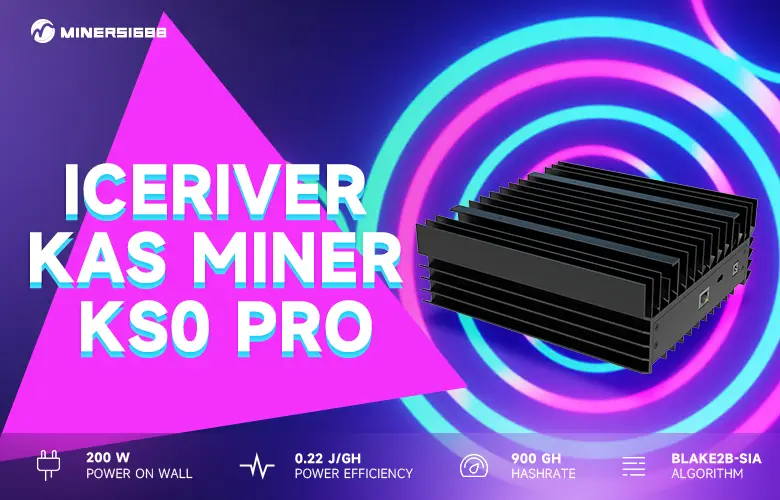
IX. The Future of Kaspa Mining Costs
Looking ahead, the future of Kaspa mining costs is shaped by a combination of technological advancements, market dynamics, and evolving mining practices. Understanding these potential changes is crucial for miners who plan to sustain and grow their operations over time.
- Technological Advancements and Efficiency:
- Future developments in mining hardware are expected to focus on energy efficiency and processing power. As technology advances, newer models of Kaspa miners may offer greater hash rates while consuming less electricity, potentially reducing the overall cost of mining.
- Innovations in cooling systems and mining software could also contribute to cost reductions by improving the operational efficiency of mining rigs.
- Impact of Renewable Energy Sources:
- The increasing viability and adoption of renewable energy sources, such as solar or wind power, could significantly lower electricity costs for Kaspa mining. This shift not only has the potential to reduce operational expenses but also aligns with global environmental sustainability goals.
- Market Fluctuations and Kaspa Value:
- The cryptocurrency market is known for its volatility. Fluctuations in the value of Kaspa will continue to impact the profitability of mining. Miners need to stay informed and adaptable to market changes to optimize their earnings and manage costs effectively.
- Regulatory Changes and Electricity Pricing:
- Potential regulatory changes in various countries regarding cryptocurrency mining and energy usage could influence the cost structure of Kaspa mining. Changes in electricity pricing, driven by policy or market forces, will also play a significant role in determining mining costs.
- Community and Network Developments:
- The Kaspa community and network developments, such as updates to the mining algorithm or network adjustments, could influence operational costs. An active and supportive community can drive innovations and efficiencies that may help in reducing costs.
- Scalability and Operational Expansion:
- As miners look to scale their operations, the costs associated with larger setups, including space rental and maintenance, will become increasingly significant. Planning for scalability should include a thorough analysis of these expanded costs.
In conclusion, the future of Kaspa mining costs is likely to be influenced by a range of factors, including technological progress, energy sources, market conditions, regulatory environments, and community dynamics. Miners who stay informed and agile, ready to adapt to these changes, will be well-positioned to manage their costs and maintain profitability in the evolving landscape of Kaspa mining.

X. Conclusion
As we wrap up our comprehensive analysis of “The Hidden Costs of Kaspa Mining,” it’s clear that successful mining involves much more than just acquiring the right hardware. The journey into Kaspa mining is multifaceted, encompassing a range of costs that extend far beyond the initial investment in mining rigs. From the ongoing expenses of electricity and maintenance to the often-overlooked costs of space rental and operational efficiency, each aspect plays a crucial role in the overall profitability of mining operations.
This exploration underscores the importance of a holistic approach to Kaspa mining. Prospective and current miners must consider not only the potential rewards but also the myriad of costs associated with setting up and maintaining a mining operation. By doing so, miners can make informed decisions, strategically plan their investments, and optimize their operations for long-term success.
The future of Kaspa mining, while promising, will undoubtedly bring changes in cost structures and operational requirements. Staying informed about technological advancements, market trends, and regulatory changes will be key to navigating this dynamic landscape.
In essence, understanding the full spectrum of costs involved in Kaspa mining is essential for anyone looking to venture into this field or optimize their existing operations. With this knowledge, miners can better position themselves to reap the rewards of their endeavors while effectively managing the challenges that come with it.
XI. FAQs
In this final section, let’s address some frequently asked questions about Kaspa mining to provide additional clarity and insights.
- What Are the Most Significant Hidden Costs in Kaspa Mining?
- The most significant hidden costs include electricity consumption, maintenance and repair of mining hardware, cooling systems, and the rental costs for operational space. These expenses can significantly impact the overall profitability of mining operations.
- How Can I Calculate the Total Cost of Owning and Operating a Kaspa Miner?
- To calculate the total cost, you need to consider the initial purchase price of the miner, ongoing electricity costs, maintenance expenses, cooling system costs, and any rental fees for the space where the miner is operated. It’s also important to factor in the potential depreciation of the mining hardware over time.
- Is Kaspa Mining Still Profitable Considering These Hidden Costs?
- Kaspa mining can still be profitable, but it largely depends on the current market value of Kaspa, the efficiency of your mining rig, and how well you manage the hidden costs. Regularly reviewing and optimizing these costs is key to maintaining profitability.
- Can Upgrading My Mining Hardware Reduce Overall Costs?
- Upgrading to more energy-efficient mining hardware can reduce electricity costs, which is one of the major ongoing expenses. However, the decision to upgrade should also consider the upfront cost of the new hardware and its expected lifespan.
- What Strategies Can Miners Use to Minimize Electricity Costs?
- Strategies to minimize electricity costs include using energy-efficient mining hardware, optimizing mining rig settings for power efficiency, and considering the use of renewable energy sources. Additionally, operating the miners during off-peak hours when electricity rates are lower can also help reduce costs.
- Are There Any Ways to Offset the Costs of Kaspa Mining?
- One way to offset costs is by joining a mining pool, which can lead to more consistent rewards. Diversifying your cryptocurrency portfolio and participating in other forms of digital asset investments can also help balance the costs associated with Kaspa mining.

